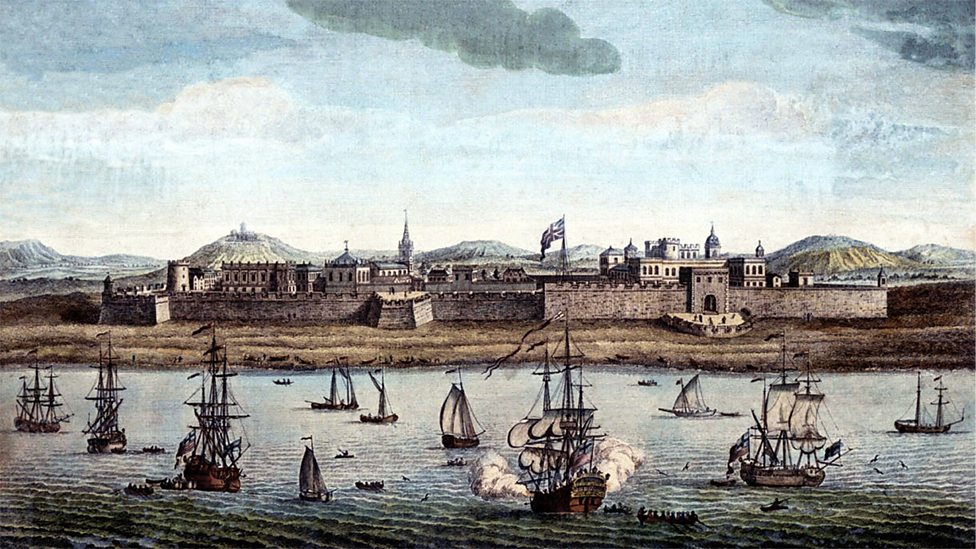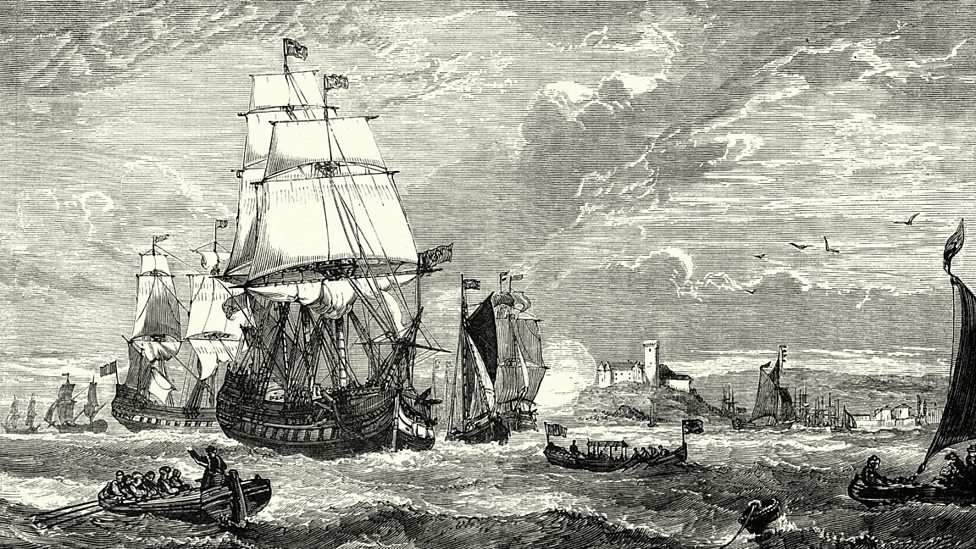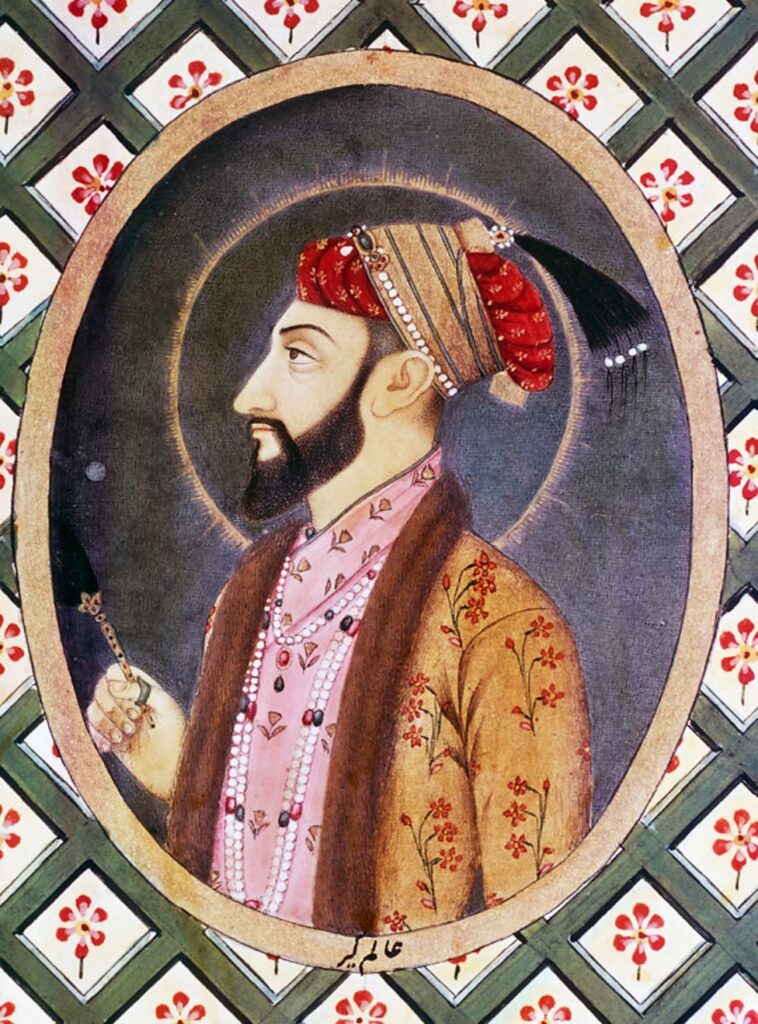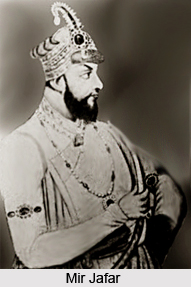BRITISH ENTER INDIA


In 1600, Queen Elizabeth I approved the creation of the East India Company, a powerful private trading company. The East India Company was started by merchants who wanted to trade in Asia to get spices, cotton and indigo dye and then sell them in England for profit.
At first, they sailed to the East Indies, which are now modern-day Indonesia and the Philippines, and tried to compete with the Dutch, French and Portuguese merchants who were already there. They failed to compete and The East India Company turned their attention to southern India.
In 1639, a company representative purchased land in southern India. The East India Company built Fort St George on this land, which has since become part of the city of Chennai, now home to over 11 million people.
How did the East India Company take control of India?
Initially English traders were welcomed by the Mughal rulers. Both sides realised that there would be benefits for each of them if they traded with each other. In exchange for trading rights the English brought European products to India. Throughout the 1600s English trade in India expanded and English traders built many trading posts and factories across India. However, by the end of the century relations with the Mughal rulers had worsened.
When further English requests for trading privileges were turned down, the East India Company blockaded ports and fought battles against the Mughal army. This conflict became known as the Anglo-Mughal War, and it lasted from 1686 to 1690.
The English lost when the Mughal emperor, Aurangzeb, defeated the English merchants. He did not think the merchants were a serious threat and was satisfied with the English apologising and paying a fine.
Aurangzeb was much more worried about fighting off the Maratha Empire and so did not impose any harsher punishments on the English.

What impact did the death of Aurangzeb have on the East India Company?
The Battle of Plassey
By the 1750s the British and French trading companies were the largest in India, and both wanted to control trade. In 1756 Siraj ud-Daulah became the Nawab of Bengal. He grew frustrated with the British presence in Bengal and the British East India Company grew frustrated because they thought he preferred working with the French.
In 1757, ud-Daulah captured Fort William, a British fort in Kolkata, after the British refused to stop extending the fort. The British, led by Robert Clive, planned to take back the fort, and the two sides met at Plassey. Ud-Daulah’s army outnumbered the British army, and some French soldiers joined ud-Daulah. However, the head of the Bengali army, Mir Jafar, had secretly made a deal with the British, agreeing to switch sides in exchange for being made the new Nawab of Bengal after ud-Daulah was overthrown. Jafar promised to work in support of British interests, and the British planned to use him as a puppet ruler


